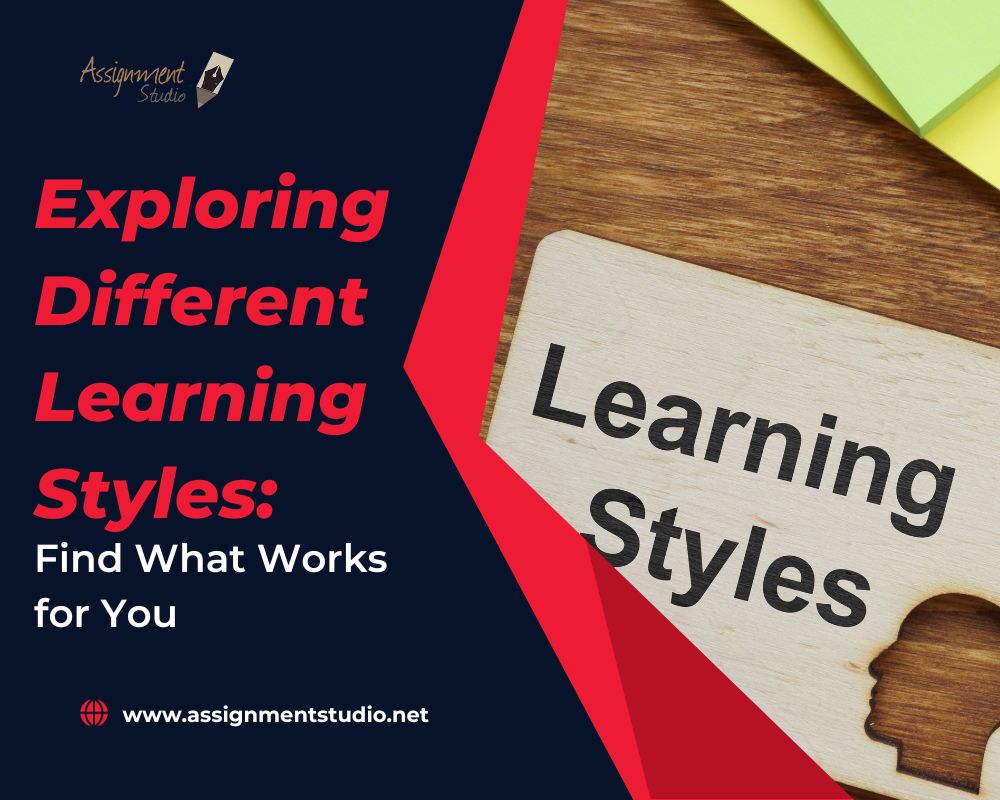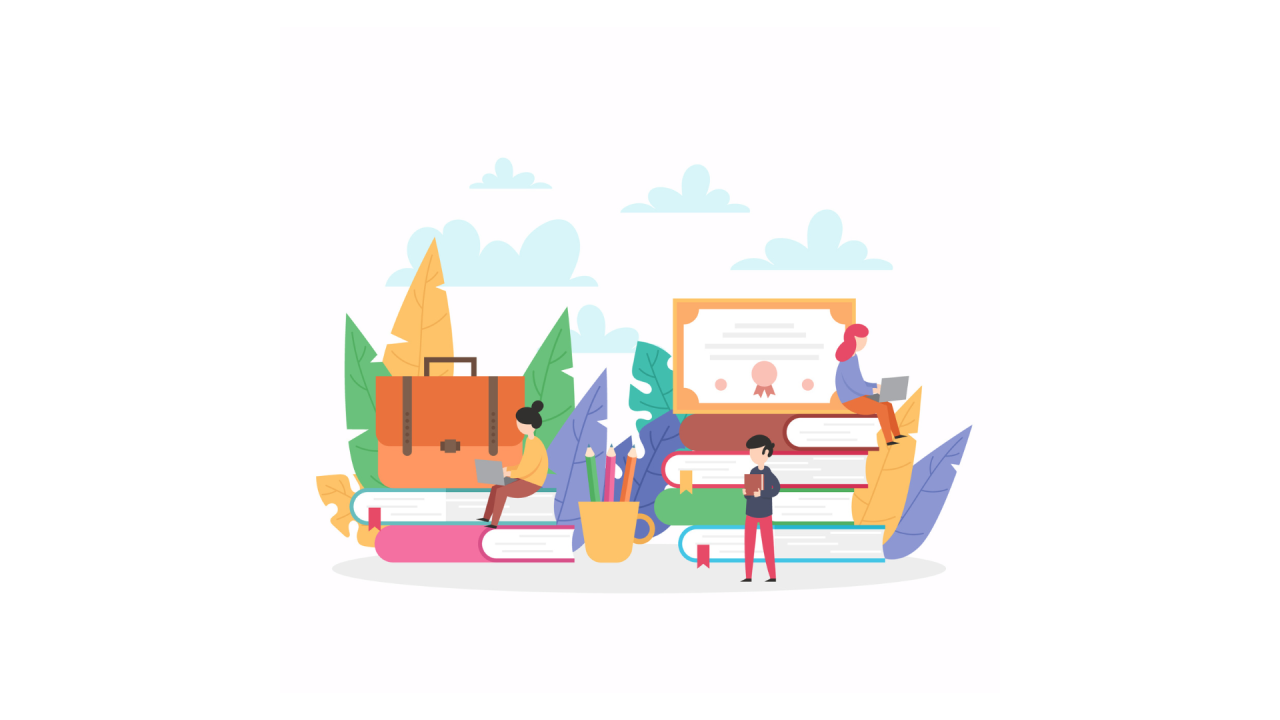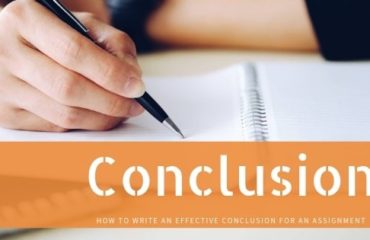
Ever wonder why you glaze over during some classes or meetings, yet feel fully engaged during others? The topic isn’t always the issue – it could be that the style of learning or teaching isn’t the right match for you. Each of us has a unique learning style or preference for how we absorb and retain new information. Maybe you’re a visual learner who needs to see concepts mapped out. Or an auditory learner who learns best through listening. Perhaps you’re a kinesthetic or “hands-on” learner who needs to actively explore ideas. There are many learning styles, and unlocking your primary style (or styles) can help you better understand your strengths. It allows you to pursue subjects and careers that align with your natural talents. So, what’s your learning style? Read on to explore the options and find what clicks for you.
Table of Contents
Understanding the Main Learning Styles: The VARK Model
Over the years, much interest in the subject of Psychology revolved around education. Many theorists have worked on researching how people can learn best. One such prominent theorist, Neil Fleming came up with a theory in which he stated that we all are one of the four main types of learners: visual, auditory, reading/writing and kinaesthetic. Understanding how our brain processes information is the key to educational success. This is why it is important to understand the VARK model:
- Visual learners: Visual Learners prefer to use images, maps and graphic organisers to retain and understand new information. One of the advantages of being a visual learner is that the human brain processes visual information much faster than plain text. If you are a visual learner, you can retain information much faster than plain text because your preferred learning style is something that our brain is already good at.
- Auditory: Learners who prefer this learning style understand new concepts better by listening and speaking in situations such as class and study groups. Auditory learners use repetition as a study technique and benefit from the use of mnemonic devices
- Reading & Writing: Learners who prefer this learning style learn best through words. You will find that these learners are often avid readers or note-takers and possess the ability to convert abstract concepts into words and essays.
- Kinesthetic: Students who are kinesthetic learners are more hands-on and lean toward practical education more than other learning styles. They enjoy tutorials, practical demonstrations and learning activities associated with physicality or movement.
Finding Your Learning Style
To determine your primary learning style(s), ask yourself some questions:
- Do you remember more from images, sounds or physical movements?
- Do you prefer reading, listening to lectures or doing hands-on work?
- Do you gesture and move around when explaining something? Do you enjoy building or crafting things?
- Do background noises distract you or do you work better with music on?
- Do you understand concepts better by seeing them demonstrated?
Most people utilize a combination of learning styles, so experiment to find what works for your needs. Focus on your strengths but don’t neglect the other styles. Using a variety of techniques will make you a stronger, more well-rounded learner.
Visual Learners – Learning Through Seeing
If you’re a visual learner, you absorb and process information best through images, visualization, and spatial understanding.
Seeing is believing for you. You prefer visual depictions like diagrams, illustrations, flow charts, mind maps, and video. Reading text alone just doesn’t cut it. When trying to understand new concepts, drawing pictures and diagrams helps cement ideas in your mind. Visual learners utilize graphics like:
- Photos
- Maps
- Graphs
- Infographics
- Timelines
- Video tutorials
To boost your comprehension and recall, try these techniques:
- Draw or sketch what you’re learning. The physical act of creating visuals activates more areas of your brain, enhancing memory.
- Color code information. Use highlighters to colour code notes, text, and diagrams. The colours create visual anchors for your memory.
- Turn information into charts, graphs, mind maps or diagrams. Convert words into visual formats. Your brain will understand and remember the information better.
- Utilize mnemonics like visual rhymes, acronyms, and flashcards with images to create mental images that stick in your mind.
- Watch video tutorials and online courses. Seeing and hearing information presented visually and verbally is very effective for visual learners.
Auditory Learners – Learning Through Listening
If you’re an auditory learner, you learn best by listening. You prefer hearing information aloud, whether in a lecture, podcast, audiobook or just talking with others.
Listen to lectures and audiobooks
Attend live lectures or watch recorded video lectures online. Listen to audiobooks, podcasts or online courses on topics you want to learn about. Hearing the information spoken helps cement it into your memory.
Discuss and debate topics
Have conversations with others about the subjects you’re studying. Explain ideas out loud or debate different sides of an issue. Teaching a topic to someone else is one of the best ways to learn.
Record yourself speaking
If there’s no one around to chat with, record yourself reading notes or summarizing information out loud using your phone or computer. Play it back and listen for areas you stumble over or find confusing. Review and re-record until you feel comfortable with the material.
Background noise
Some auditory learners find that background noise, like instrumental music, nature sounds or ambient cafe noise helps them focus. Try playing white noise or lo-fi beats while you study. The ambient stimulation can boost your concentration.
Mnemonics
Use mnemonic devices, like rhymes, acronyms, or songs to help you remember lists, processes or sequences.
Kinesthetic Learners – Learning Through Doing
If you’re a kinesthetic learner, you learn best by doing. You prefer hands-on activities, experiments, and real-world simulations to absorb and retain new information. Sitting still for long periods while listening to lectures or reading texts just isn’t your learning style.
Get Active
To tap into your kinesthetic abilities, seek out interactive and physical ways to learn new things. Some ideas include:
- Doing role plays or acting out scenarios
- Building models or dioramas
- Conducting science experiments
- Learning a new sport or physical skill
- Taking field trips to experience topics firsthand
Use Your Senses
Kinesthetic learners absorb information best when multiple senses are activated. Watch videos and online simulations. Listen to podcasts or audio lessons. Touch and manipulate objects as you learn about them. The more senses you involve, the more connections will form in your brain.
Don’t feel constrained to traditional teaching methods. Explore the world through action and discover the best ways for you to learn new things. Tap into your physical abilities and desire to learn through doing. Follow your interests and passions to guide you to the most engaging and hands-on learning experiences. You’ve got this – now get going!
Reading/Writing Learner
If you prefer to learn through reading and writing, the reading/writing learning style may be ideal for you. This style involves interacting with information through reading and summarizing what you’ve learned in your own words.
Taking Notes
As you read about a topic, take notes on the main ideas and concepts. You can highlight or underline important points in the text or write notes in the margins. Summarize sections in your own words to better understand the information.
Organize your notes into categories or group related ideas together. This helps reinforce your learning and gives you a quick reference to look back on.
Writing Summaries
Write a summary of what you’ve read in your own words. Focus on the main themes and conclusions, and leave out unimportant details. Writing engages your mind actively in the learning process. Reread your summary later as a refresher and to identify any points you may not fully understand.
Asking Questions
Come up with questions about the topic as you read. Then go back and try to answer them. Make up potential test questions. Explaining concepts in your own words through writing or verbally answering questions are effective ways for reading/writing learners to retain information.
Conclusion
So there you have it, an overview of different learning styles and techniques to try. The key is to experiment with different methods to find what works best for you. Don’t get stuck doing the same thing over and over if it’s not effective. Be willing to step outside your comfort zone and try new approaches. Some may work great while others fall flat. But the more you practice, the more you’ll figure out the best ways for you to learn and retain new information. Learning should be a lifelong pursuit, so take the time to discover your ideal learning style.







